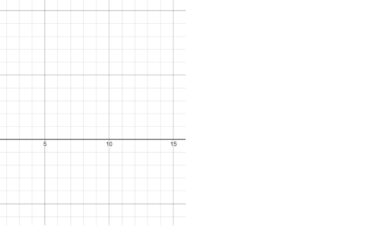Circular Flow of Income Model
The circular flow of income model demonstrates the flow of money, goods, and services between different sectors of the economy. It showcases the interdependence and interactions among households, firms, and the government.
In the model, there are two main sectors:
Household Sector: This sector represents individuals or groups who own factors of production (such as labor) and consume goods and services. Households offer their resources (labor, capital, land) to firms in exchange for income.
Business Sector: This sector consists of firms or producers who utilize resources to produce goods and services. Firms pay income to households for their productive inputs and sell goods and services to households.
The circular flow is maintained through several key transactions:
- Households supply factors of production (such as labor) to firms.
- Firms use these resources to produce goods and services.
- Households receive income (wages, salaries, rent, profits) from firms.
- Households use their income to purchase goods and services from firms.
- The cycle repeats as households supply resources again.
Business Cycle: The business cycle refers to the recurring pattern of expansion and contraction in economic activity. It consists of four main phases: expansion, peak, contraction, and trough.
- Expansion: During the expansion phase, the economy experiences increasing production, employment, and income. Consumer and business confidence are high, leading to higher spending and investment. Economic indicators, such as GDP, generally rise during this phase.
- Peak: The peak represents the highest point of the business cycle. It signifies the end of the expansion phase when economic activity reaches its maximum level. At this stage, resource utilization is high, and inflationary pressures may emerge.
- Contraction (or Recession): The contraction phase is characterized by a decline in economic activity. It includes reduced production, income, and employment. Business and consumer confidence decline, resulting in lower spending and investment. Unemployment rates typically rise during this phase, and GDP growth slows down or becomes negative.
- Trough: The trough marks the lowest point of the business cycle. It signifies the end of the contraction phase when economic activity reaches its minimum level. The economy bottoms out, but it also serves as a turning point as it prepares to enter a new phase of expansion.


